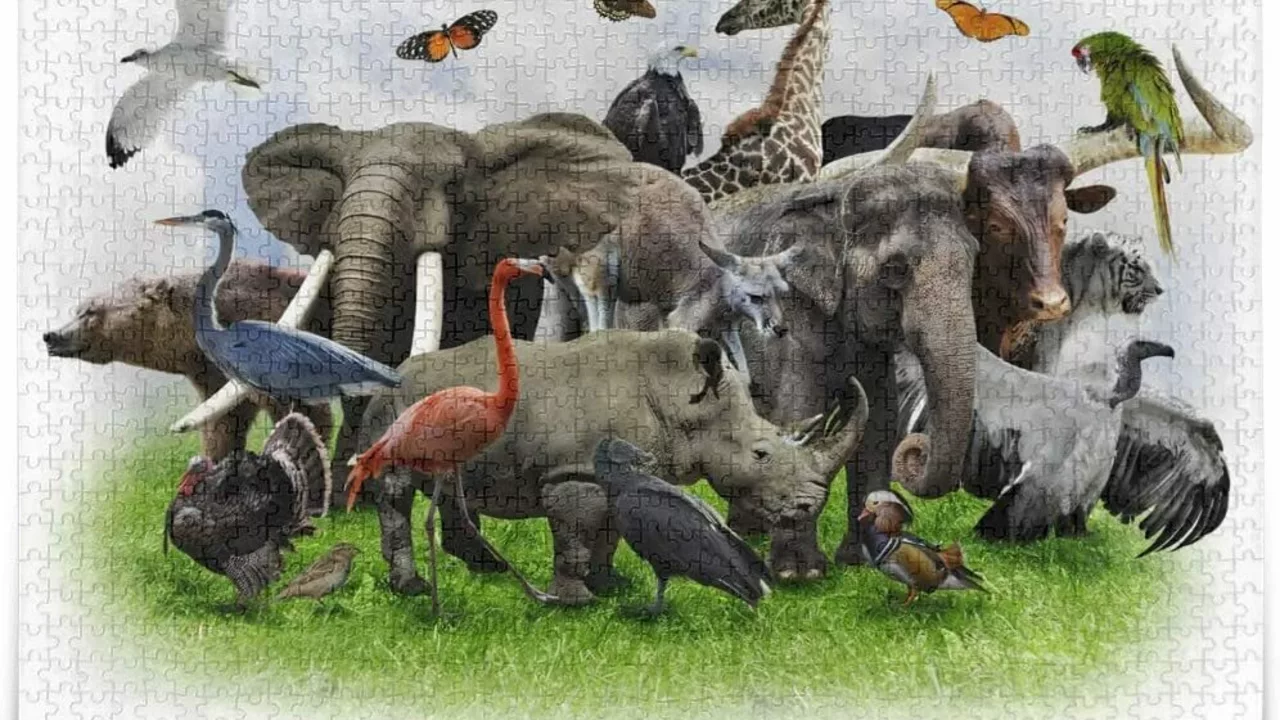28 Jul
2023
Are zoo animals evolving to better live in zoos?

Witnessing Evolution Unfold in Zoos
Let's dive straight into the matter. Have you ever closely observed the animals at the zoo? Maybe, as a kid, you may have been excited about seeing the large elephants or the roaring lions. Perhaps, as an adult, the rich variety of species and nature's diversity still amazes you. But here's a thought for you - Are the animals living in zoos today the same as their wild counterparts? Could they actually be evolving to better cope with the conditions of captivity? As I began pondering this intriguing question, I realized everyone should know what's brewing inside the world of zoos. Therefore, here I am, Aldric, trying to unearth the evolutionary trends taking place right before us.
Decoding Adaptation and Mutation
See, it's important to first understand the concept of evolution and adaptation before we delve into the heart of our topic. From a broad perspective, evolution is a continuous process of change over long periods of time, brought about by natural selection, genetic drift, mutation, and migration. So technically, every living organism, including us humans, is in a constant state of evolution. Adaptations, on the other hand, are changes in physical or behavioral characteristics that help an organism survive and reproduce in its environment. This is your biology lesson for the day!
While sitting in the comfort of our homes, evolution may seem a far-fetched idea but remember when your summer tan fades as winter approaches? That's evolution at play. Similarly, zoo animals are likely experiencing evolution too. But remember, the conditions in zoos and natural habitats are as different as chalk and cheese. Hence, it's intriguing to understand if zoo animals might be undergoing a unique strain of evolution influenced by captive conditions.
Captivity: A Different Ball Game Altogether
One might wonder, how different can captivity be for animals? Well, brace yourself for the answer, because it's really different. The environment in a zoo is meticulously controlled. Animal diets, mating partners, temperatures, everything is regulated. Zookeepers even attend to the psychological needs of animals through mental stimulation and enrichment activities. You thought your life was under surveillance? Ha!
Such a controlled environment can drive significant behavioral and physiological changes in animals. For instance, studies have found that zoo elephants live considerably shorter lives than their wild relatives. Similarly, captive cheetahs have very low reproductive success rates. The captive environment can also fuel new behaviors. Monkeys, for one, exhibit a unique grooming style unheard of in the wild. So, the question of whether or not these changes could propel evolution is worth considering.
The Evolutionary Trends in Zoo-Dwelling Species
We've been talking about evolution for some while now, so let's discuss some solid examples. Take fruit flies, for instance. They are not precisely charismatic, but their short lifespan makes them useful for studying genetic modifications. Surprisingly, fruit flies' several-week residency in a lab, equivalent to many fly generations, was enough to show notable genetic alternations. Imagine what the multi-generational zoo captives might be undergoing!
Or think about the mice dwelling in Chicago's Lincoln Park, who have seemingly evolved to adapt to city life. Their guts evolved to digest human food - talk about adjusting to your environment! Another notable case has been the domestication of silkworms, which has rendered them incapable of survival in the wild. Now, these are tiny creatures. Captive large mammals and birds might demonstrate even more profound evolutionary shifts.
Endless Possibilities and Unanswered Questions
It's fascinating, isn't it? The thought of evolution transpiring right before us in our city zoos! But remember, evolution is not always good news. Changes might be maladaptive, detrimental for the species in the long run, or even result in an 'evolutionary deadlock.' Captivity bred animals could face trouble acclimating to the wild if ever released, further endangering the species.
However, the happening of such evolution comes with its own set of questions. Are these changes forced or voluntary? Could they substantially differ between individual animals and species? Are all changes visible, or could some be hidden within their genes? Exploring these nuances could open up a whole new avenue of research and form the cornerstone of conservation efforts.
Regardless of the uncertainties, peeking into the world of zoo animals provides a riveting glimpse into evolution in action. It's like having a front-row seat in a theatre showcasing the captivating drama of life. Isn't nature just fascinating?
While we continue to learn and discover, let's remember that each animal, each creature has its own role to play in the world’s ecological balance. As an ardent animal lover, I once had the privilege of nursing an injured pigeon back to health. That memory still reminds me of our collective responsibility towards other beings. We owe it to them to work towards a world where wild animals can thrive in their natural habitats, content and free.
Write a comment ( All fields are required )